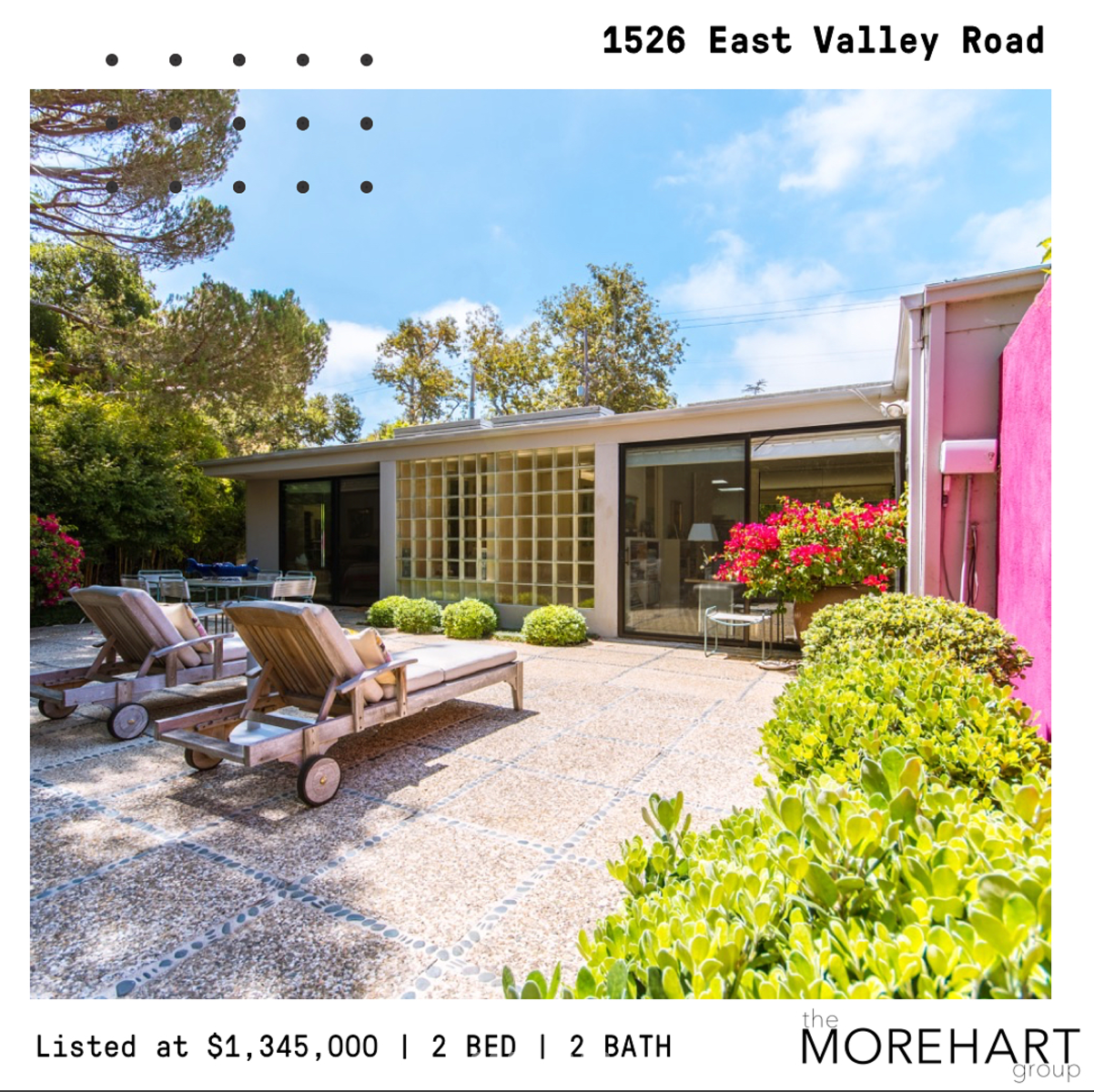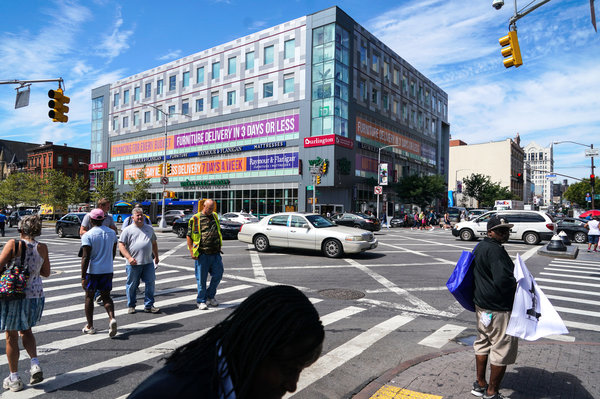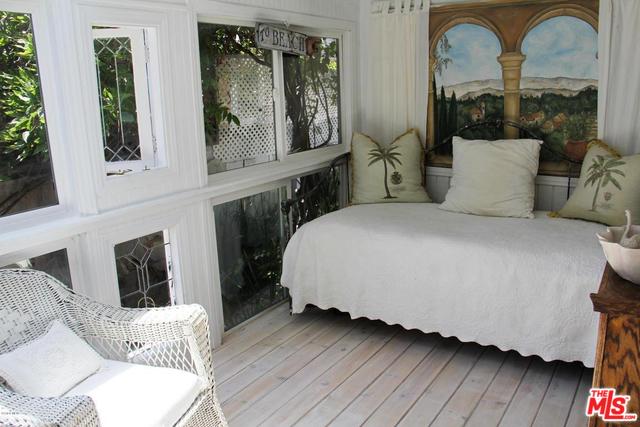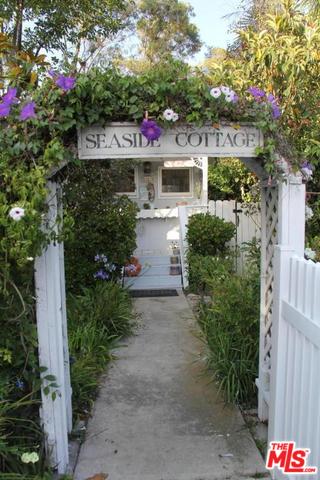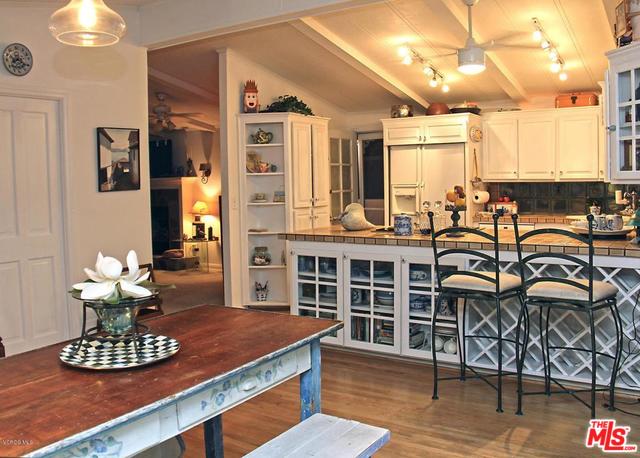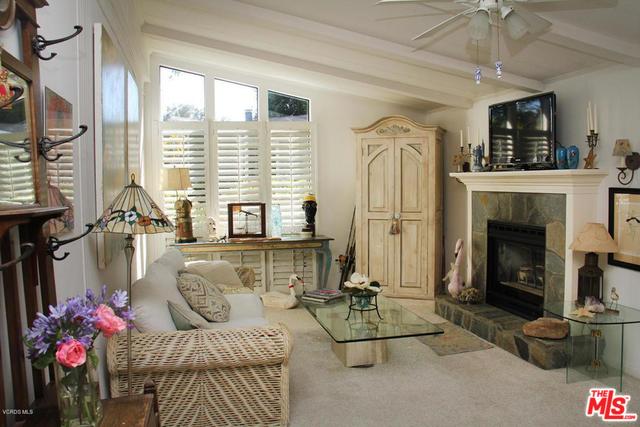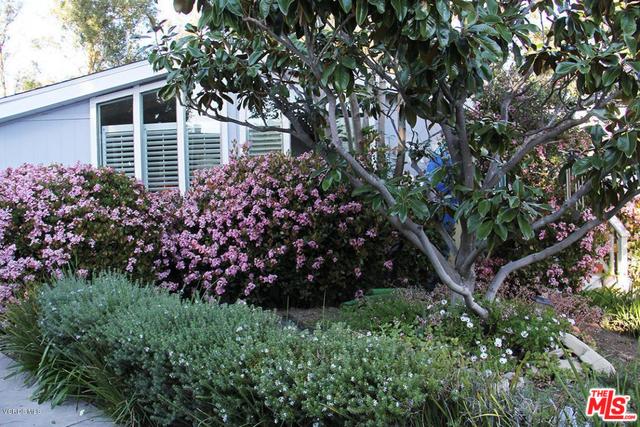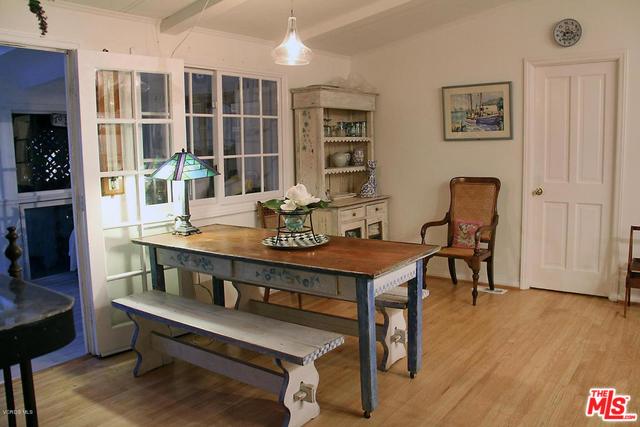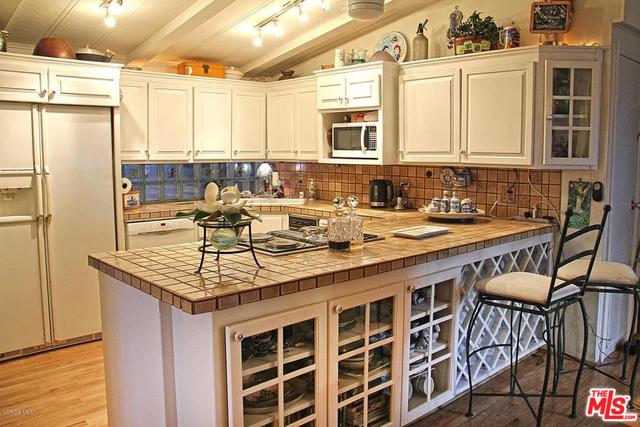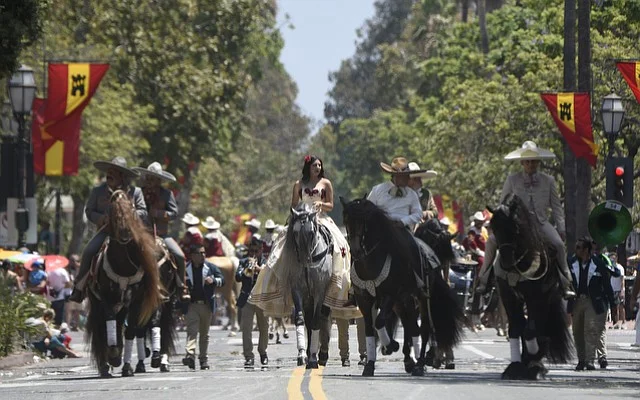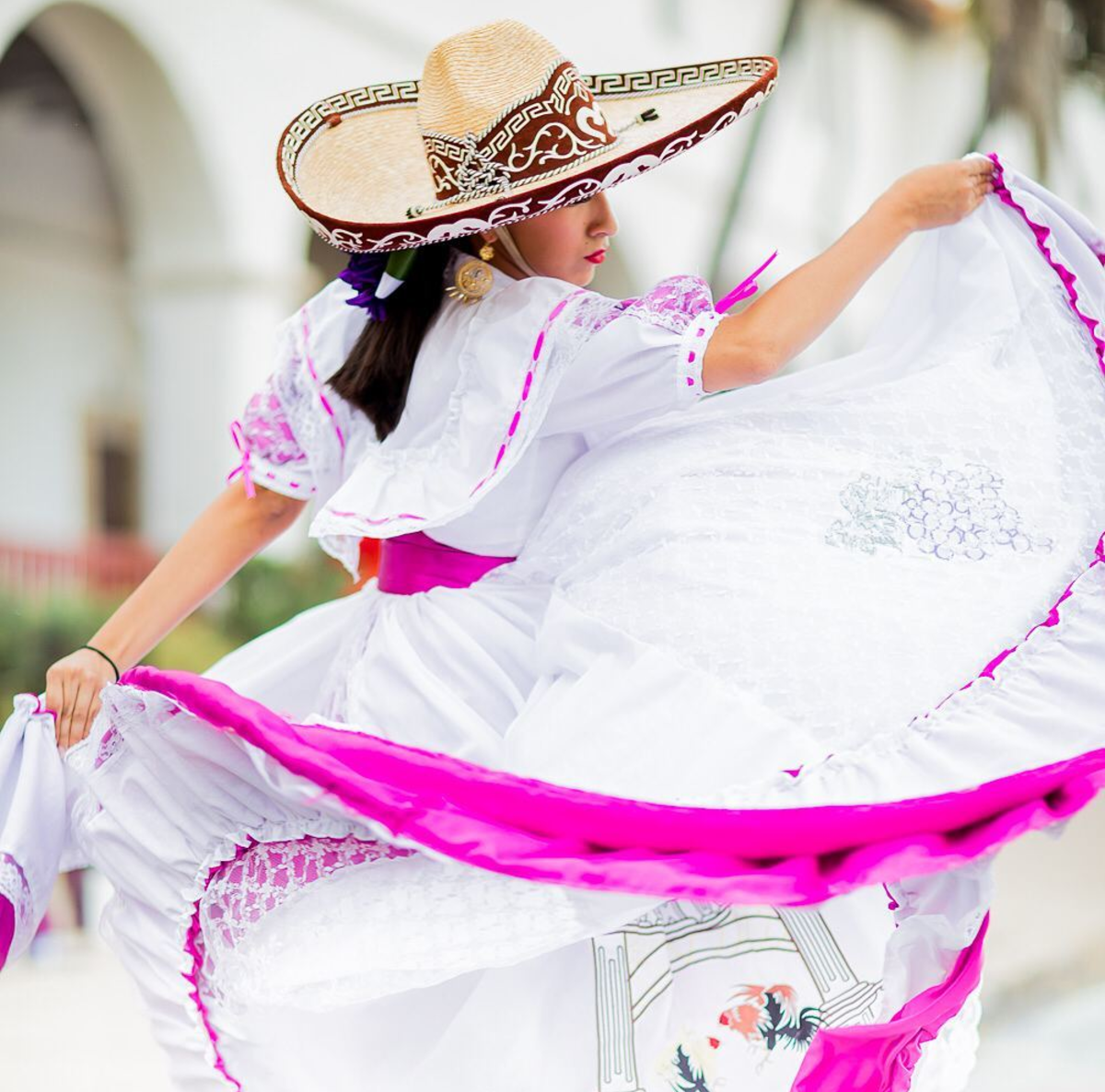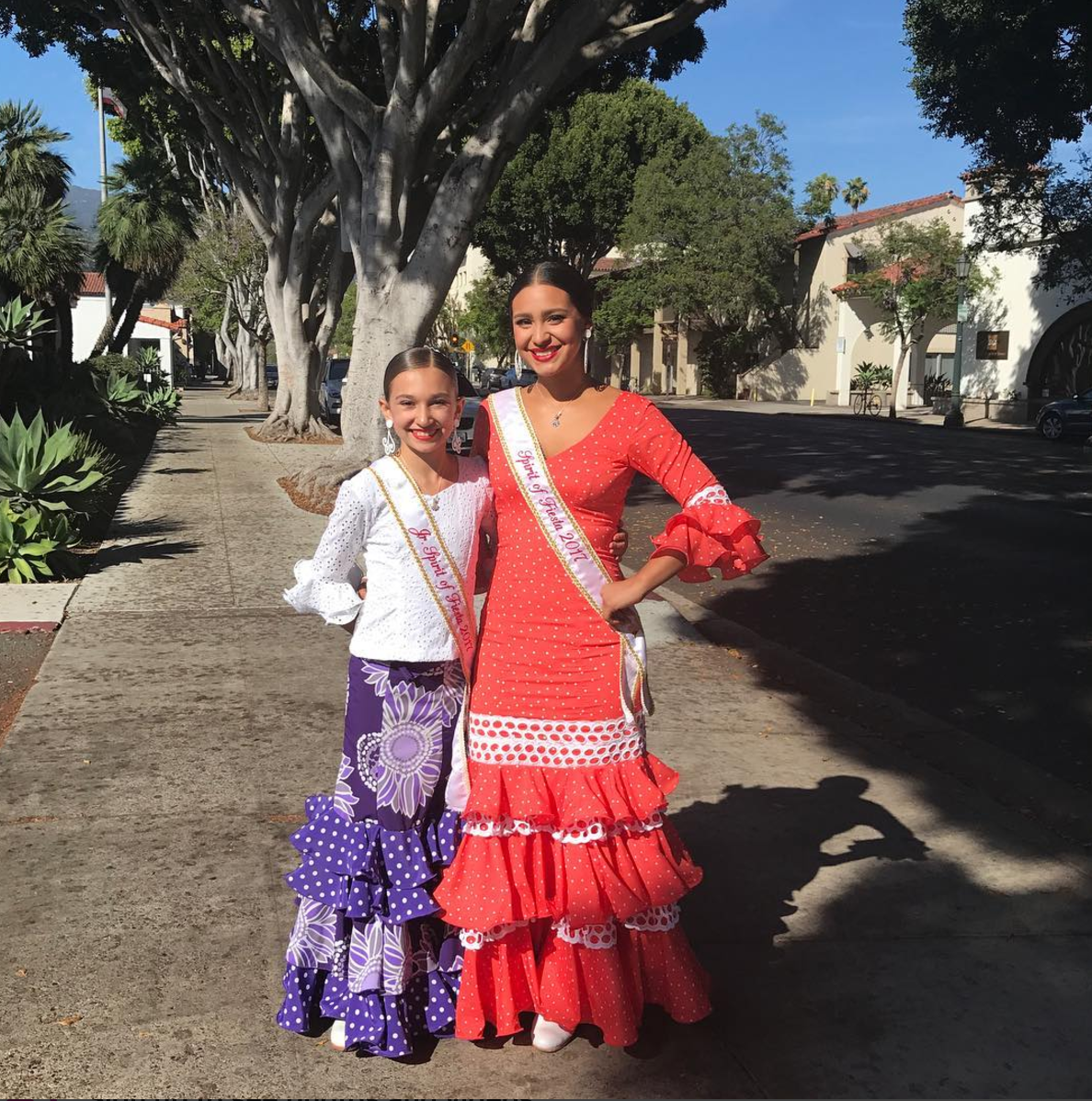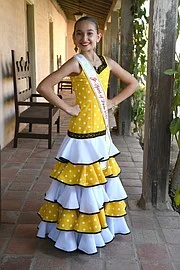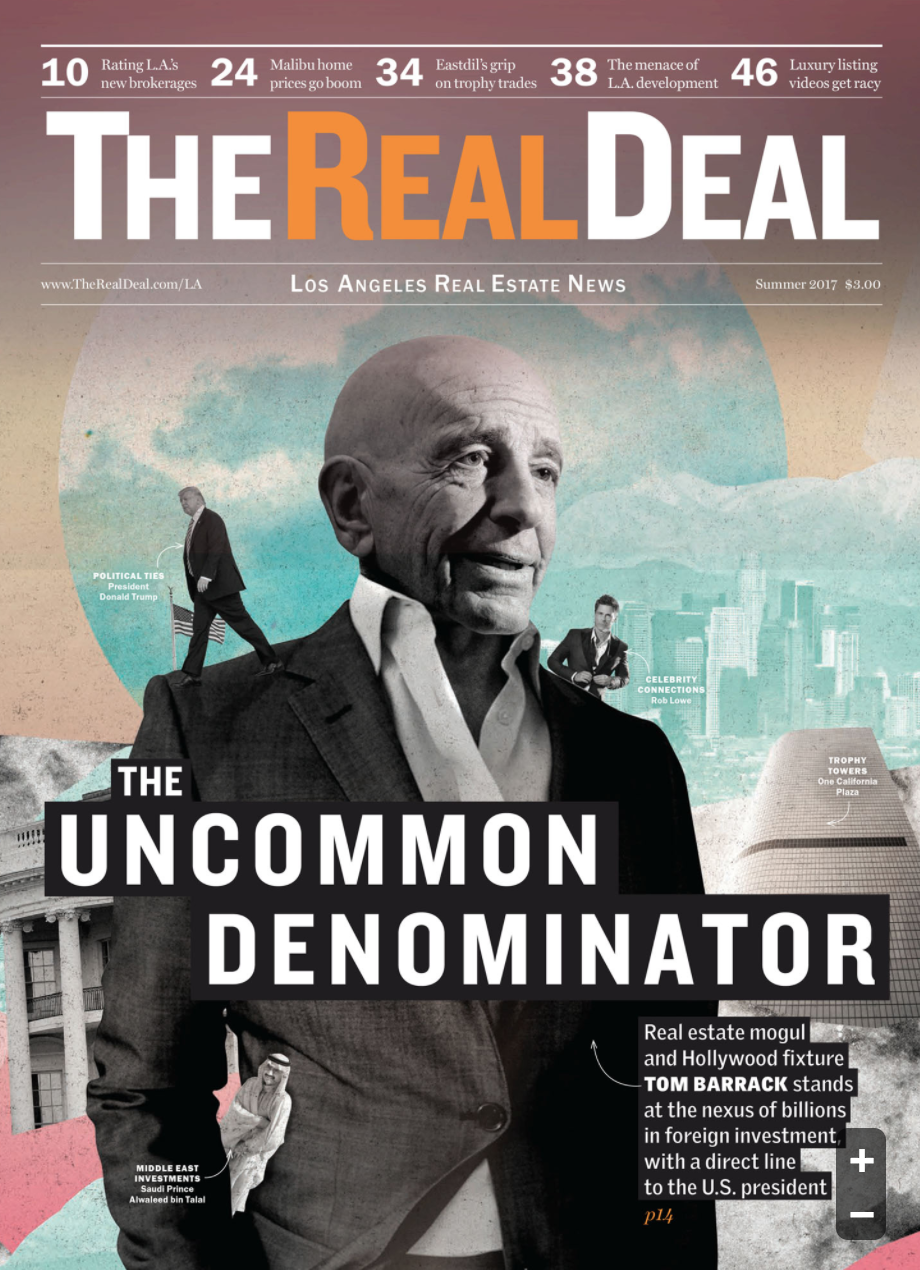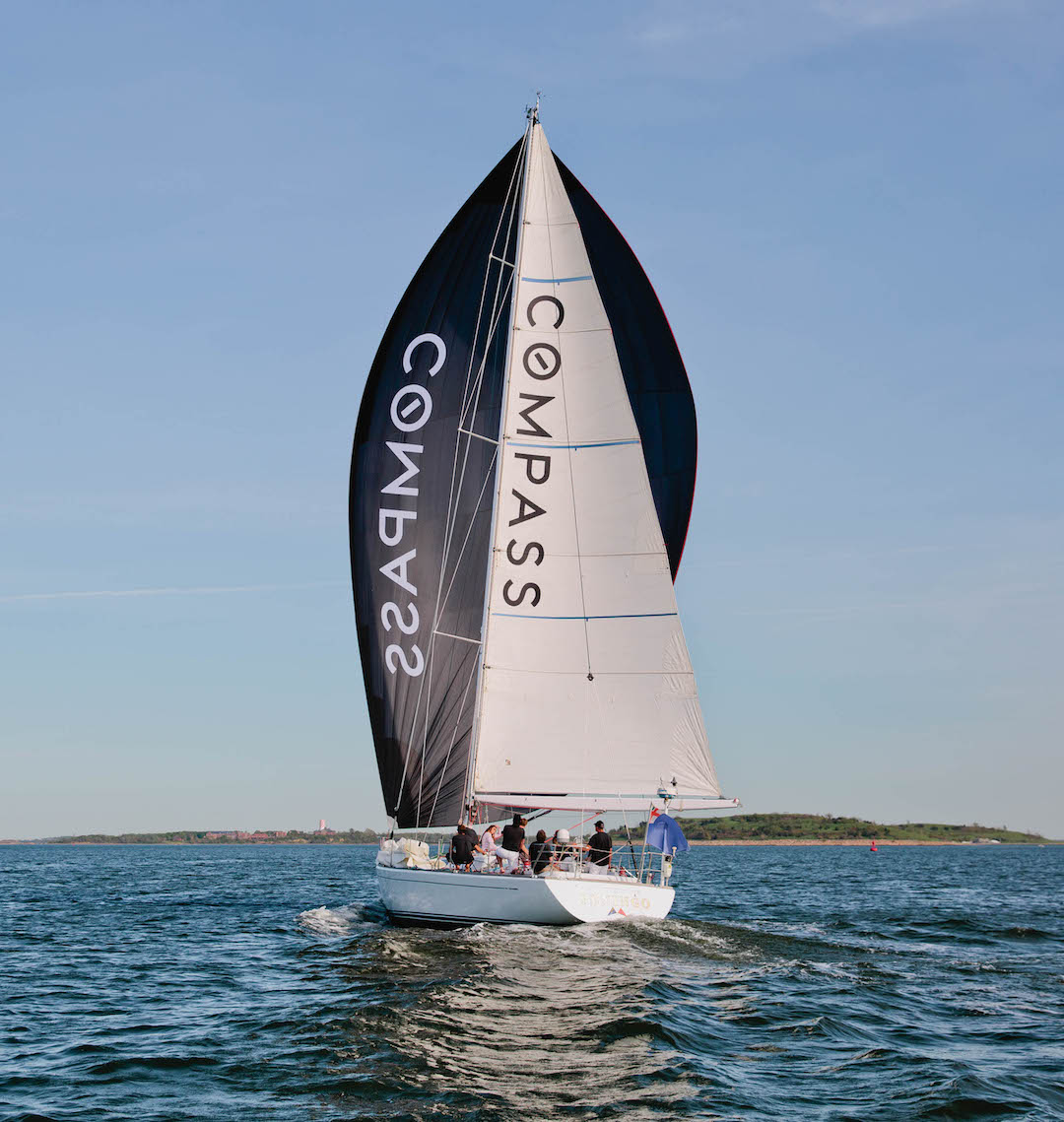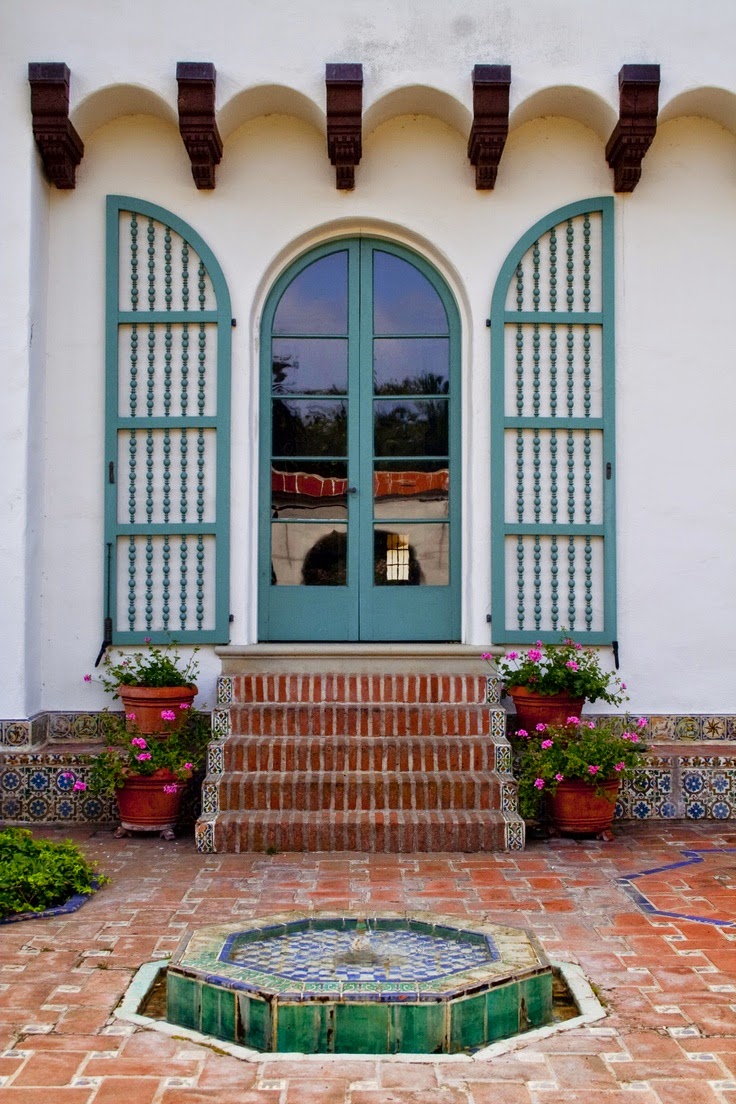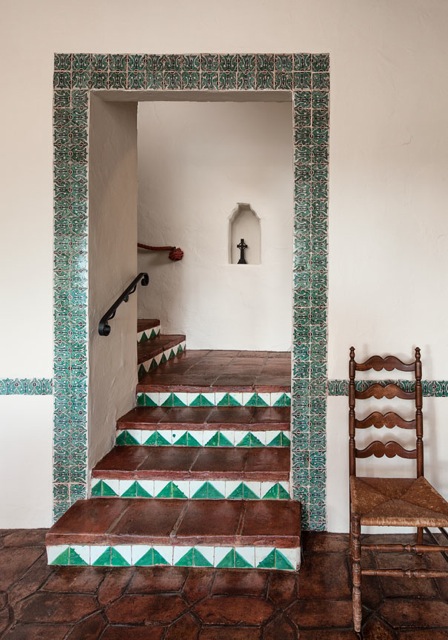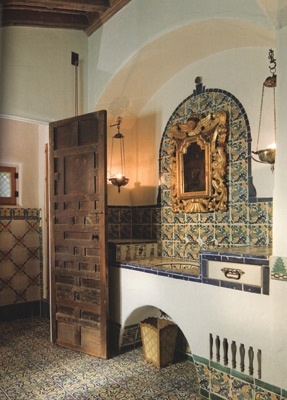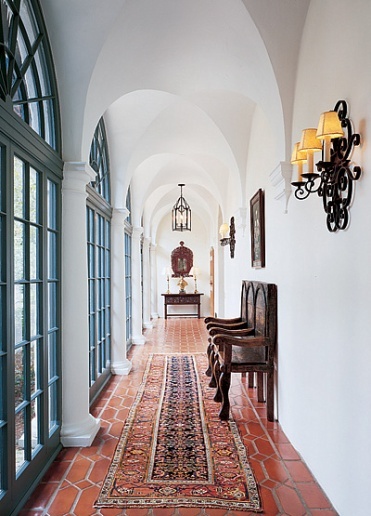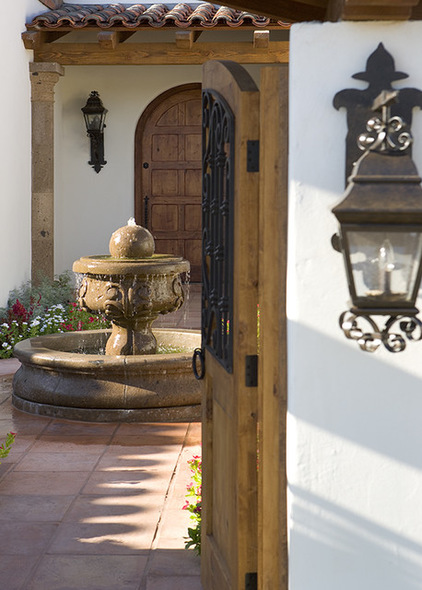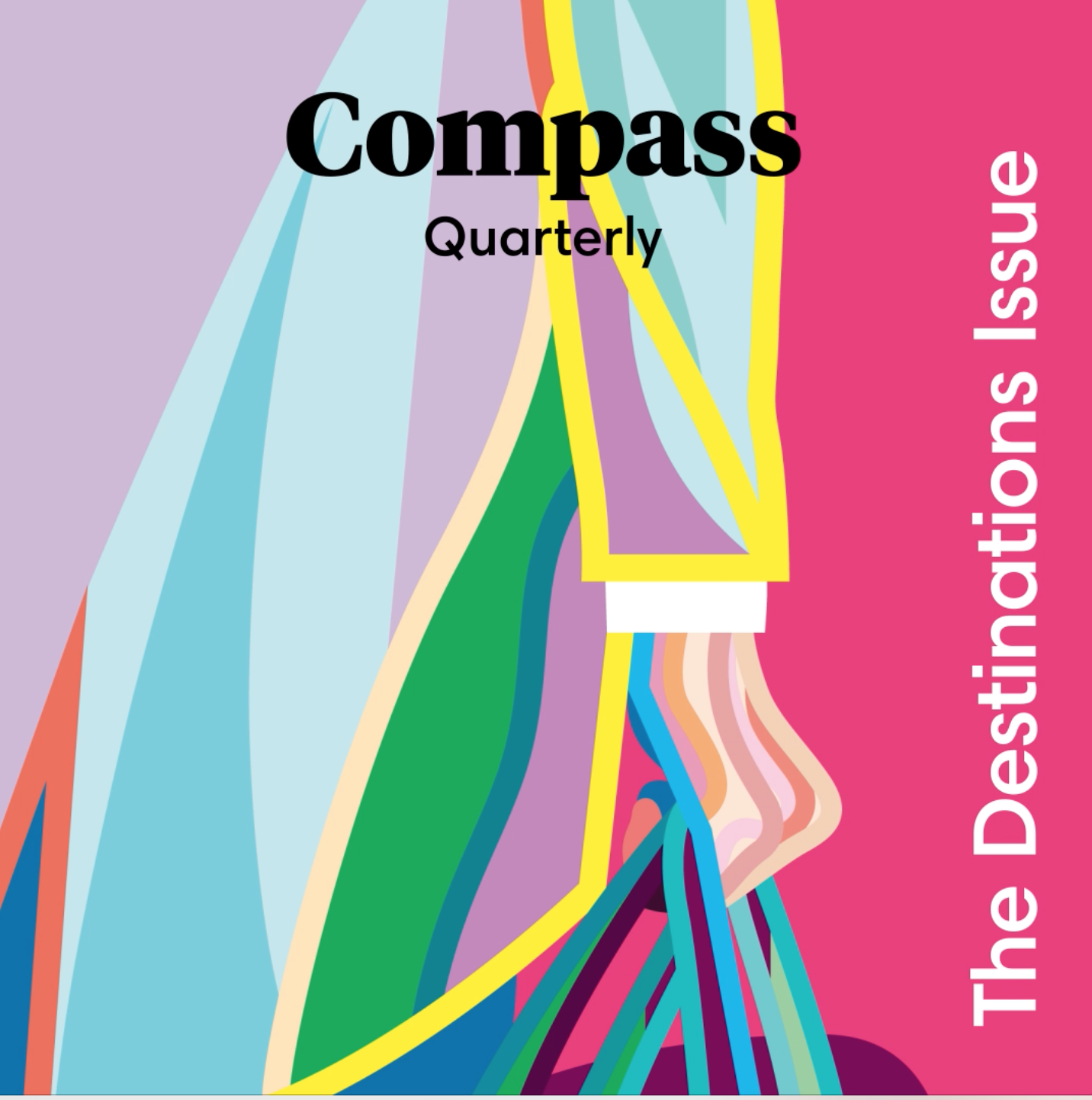Doing so-so in Montecito
Demand for mid-priced homes remains high, but the top of the market is going soft
July 14, 2017
By Kavita Daswani
Montecito has a well-established reputation as one of Santa Barbara County’s glitziest celebrity enclaves. Oprah Winfrey, Jeff Bridges, Natalie Portman and serial home buyers Ellen DeGeneres and Portia Rossi are just some of the famous people who have property there. The area’s quiet streets, sprawling estates and relatively small population (about 9,000 people over a 9.2-square-mile area, according to the most recent Census data) provide plenty of attractive draws for potential home buyers. But local experts say that some indicators point toward an impending downshift in the residential market.
Long considered the crown jewel of Santa Barbara, Montecito was inhabited by the Chumash Indians until the Spanish arrived in the 18th century; remnants of that history can still be seen in the gracious Mediterranean- and Spanish-style homes. In the 1920s, the wealthy families in the multi-acre estates dotting the area banded together to push for strict zoning laws to prevent overdevelopment and discourage an influx of people from elsewhere. Other laws were introduced to prohibit commercialization and anything else that would damage the city’s small-town character. One will not find tract housing or cookie-cutter homes in Montecito, and there are very few condominiums.
These persisting conditions created a low-inventory market that’s virtually always hot at certain price points; however, a broad slowdown has been apparent from the start of this year. “In the first quarter of 2017, the number of sales is drastically down by 27 percent compared to the same period in 2016,” said Jon Gilkeson, a realtor with Keller Williams and the Zia Group in Santa Barbara, whose family has been in the area for four generations. He compared that drop to neighboring cities like Carpinteria and Goleta, where sales have ticked along at a steady rate over the past year compared to the previous year.
Most illustrative of a flatlining in the Montecito market is the median home sales price for 2017, which was $2.88 million in the first quarter, down 13 percent from the same period last year, according to a recent report by Santa Barbara Association of Realtors.
The market’s sluggishness may be a result of the soaring appreciation in the market between 2013 and 2015, which began to taper off last year, Gilkeson said. “That growth just couldn’t sustain itself,” he added.
Susan Pate, a realtor with Compass in Montecito, said a decline in foreign interest may also be partially responsible for the slowdown.
“We used to have a lot of buyers in from Russia and China. We’re not seeing that anymore,” Pate said. Instead, young families looking to take advantage of a top-rated school district and the community’s proximity to Los Angeles are snapping up anything that comes in at under $3 million, which will only buy about 2,500 square feet — among the smallest homes in the enclave.
While inventory is low on those mid-priced homes, “anything over $3 or 4 million isn’t selling as quickly,” Teresa McWilliams, a broker at Coldwell Banker Previews International’s Montecito division said. “And the sales in the $10 to $20 million range have slowed.”
Unrealistic asking prices may have something to do with it, even if sellers are slowly learning their lesson.
“Some sellers may know that they are asking too much,” said Gilkeson. “They are hoping to get that great price, but if in a month or two the offers aren’t there, the market calls their bluff,” he said.
Don’t expect to see a rise in home sales — or inventory — any time soon, experts said. “[The local authorities] made it as difficult as possible for people to buy homes here,” says McWilliams, whose family moved to the area in 1949, when the population was just 943 people. “They wouldn’t give water or sewage hookups. And these were extremely large properties, hundreds of acres, which eventually got broken down little by little.”
Today, there are approximately 3,600 single-family houses in Montecito, averaging about an acre each. As of the end of May 2017, the city had 92 active listings ranging in price from $3.5 to $85 million. The most eye-popping property in the current Montecito portfolio is Rancho San Carlos, a sprawling 237-acre estate that has been owned by the same family for a century and has been on the market for two years. Sotheby’s International Realty has the listing.









